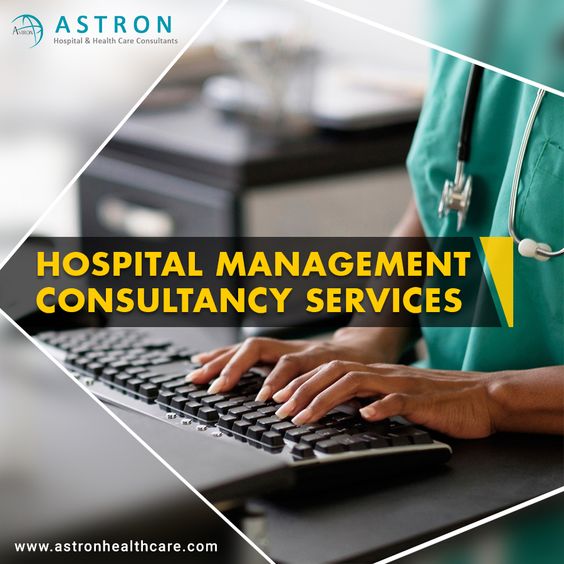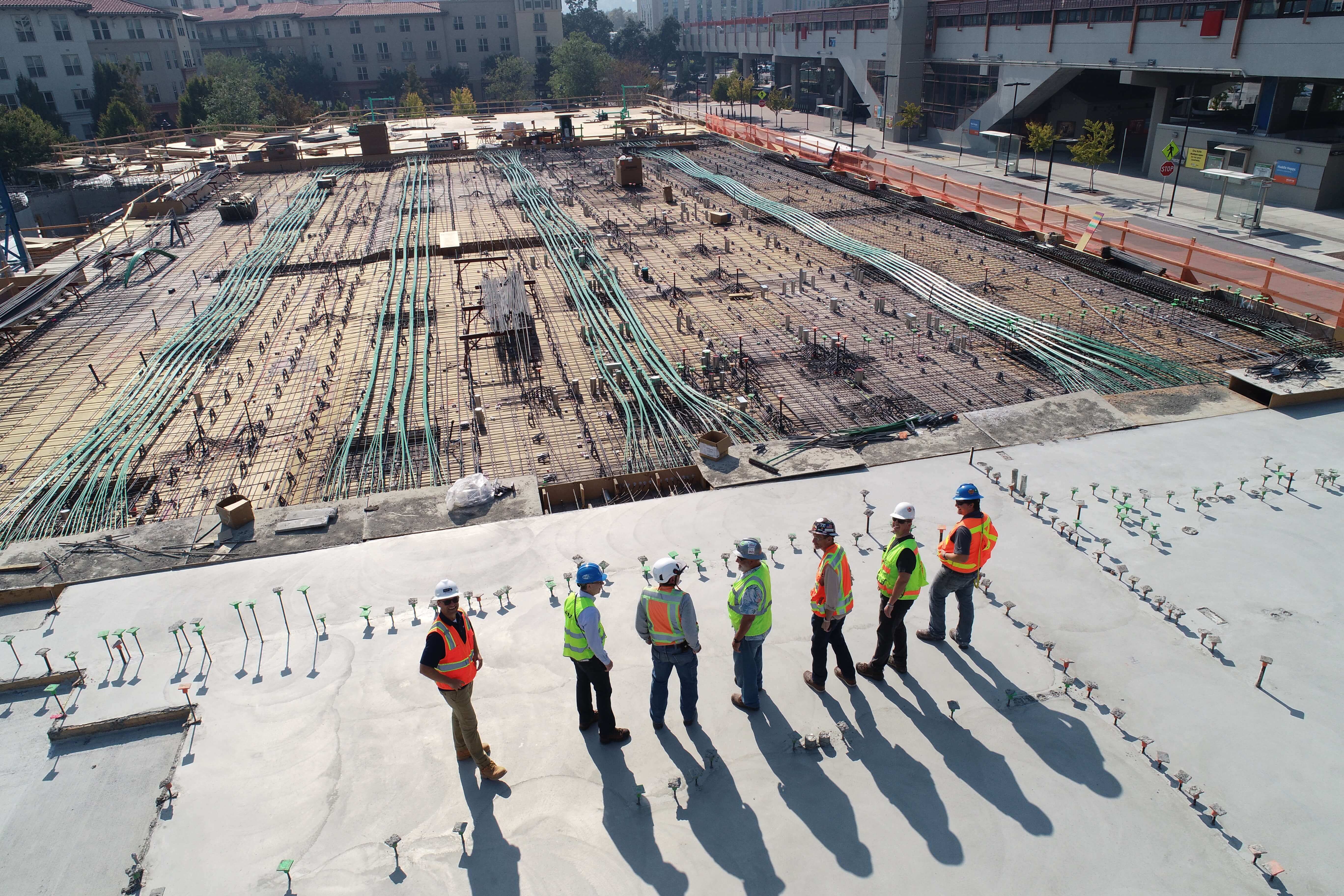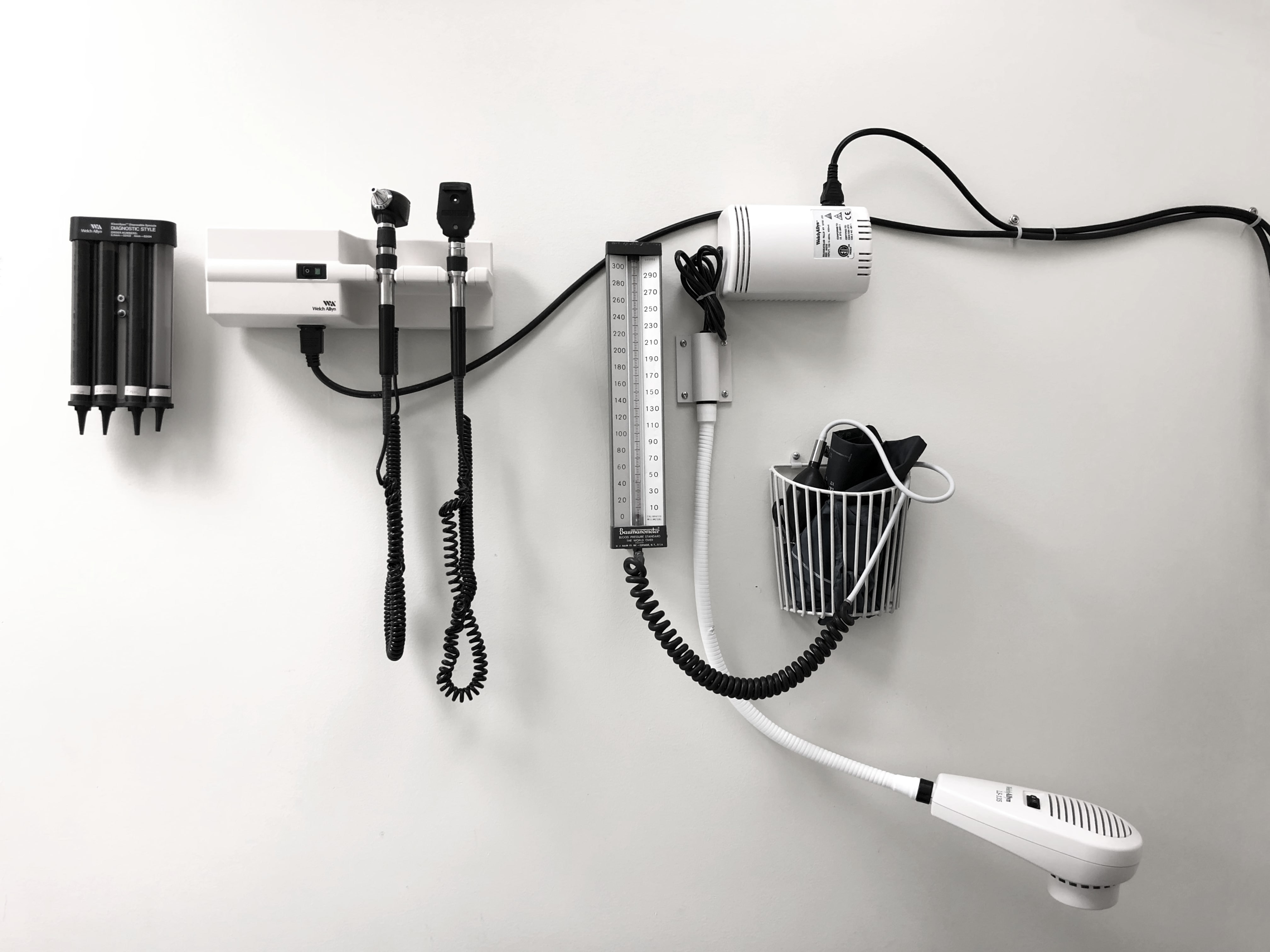
Informing healthcare organizations about emerging trends is a great way to get them to think about what they are doing. The inclusion of technological patient safety objectives in the design process at each important stage helps to ensure that they are not missed.
Technologies that ensure patient safety often seem expensive at first glance, but analysis and evaluation, taking into account the cost of re-hospitalization due to patient injuries, infectious diseases associated with medical care and other illnesses, usually show a rapid return on investment.
A comprehensive patient safety technology strategy should be developed at the beginning of the overall hospital planning process and continue throughout the project.
This approach will help explore new ideas for health care, such as the creation of a new “patient care centre” and a “health-oriented campus.”
The sharing of technologies, clinical operations, and patient experience functions needs to be explored. All this can be done by contacting top healthcare consulting firms in India.
Developing a secure ecosystem that brings together people (patients, families and staff), the environment (buildings and the space between them) and technology (leading to a constant flow of real-time data) can invent new operational methods that will provide better clinical performance and increased patient satisfaction.
It would be a mistake to assume that today’s buildings can cope with each and every need of the patient, and the question arises: how long will the health care industry wait before it abandons the modern design of health care facilities and reformulates its development?
In the near future, it could happen that sensors will be used to send patient health data in real time that will need an intelligent chip to monitor their well-being. It does not matter where the patient will be: behind the wheel, at home or in the hospital, because the flow of data about his health will be continuous and uninterrupted.
Ultimately, these strategic changes will affect the nature of the health care organization in its usual sense. This rethought environment will have the following characteristics:
- It will no longer be called a medical office building or a hospital. For example, it could be a “wellness centre” with mobile medical clinic stations for those who can’t get to the building.
- The place where patients will get before they get sick. For example, a wellness and training centre where patients can register (in person or virtually) to keep their digital counterpart.
- An environment without standard departments will be developed, where narrow groups of specialists will work together. It will also be complemented by technology to interact with the patient during home treatment.
- A place where patients do not wait. Technology will allow you to plan a visit in advance so as not to waste time.
Constant transition from personal to virtual
This includes a new virtual care module designed to give physicians more opportunities to provide virtual care to patients, rather than just cameras and microphones that are added to examination rooms.
For example, the addition of telescopic digital modules for individual lessons and larger spaces for medical teams to simulate rehabilitation measures.
Creating interiors that can be reconfigured at any time without destroying the construction infrastructure is a must and for giving advice on this topic top hospital consultants in India are here for you.









